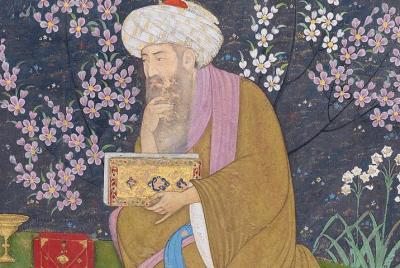
In early 12th-century Muslim Spain, a gifted philosopher, mathematician, poet, and medical doctor was born. Ibn Tufayl, or Abu Bakr ibn Abd al-Malik ibn Muhammad ibn Muhammad ibn Tufayl al-Qaysi, to give his full name, became known in the West as Abubacer. He held royal posts as an adviser and court physician to Abu Yaqub Yusuf (1135-1184), the Almohad ruler of Al-Andalus, and he is remembered today for the philosophical allegory, Story of Hayy ibn Yaqzan, the original manuscript of which is now in the Bodleian Library at Oxford.
Ibn Tufayl took his title from a work by Ibn Sina, which is totally different. A translation of Ibn Tufayl’s story, which was published in English in 1708, may have inspired Daniel Defoe’s book Life and Strange Adventures of Robinson Crusoe.
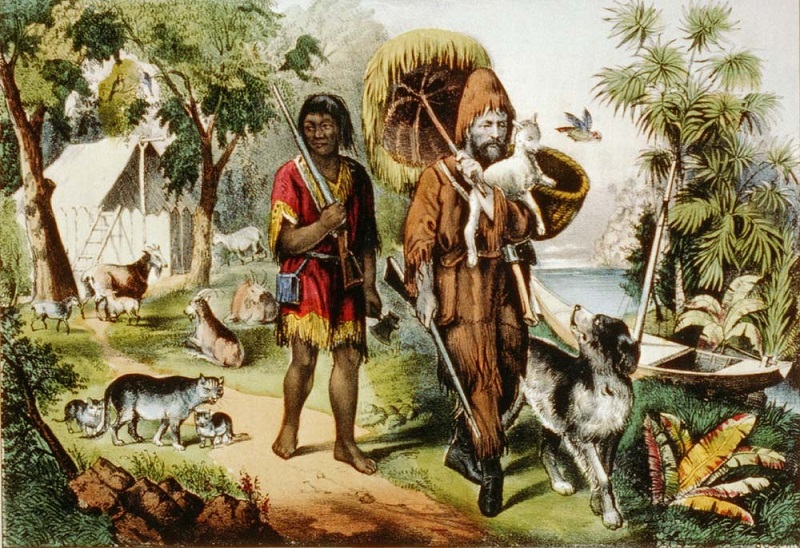
Friday (left) and Robinson Crusoe, lithograph by Currier & Ives, c. 1874.
Hayy ibn Yaqzan means “Alive, son of Awake,” so this is “The Story of Alive, son of Awake,” which describes Hayy’s character passing from sleepy childhood to knowledge by means of which he can fully contemplate the world and his surroundings.
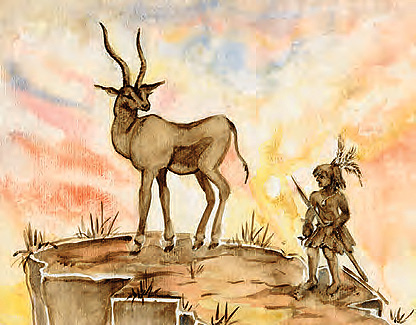
An illustration by Karima Solberg from Ibn Tufayl's Story of Hayy ibn Yaqzan shows him with his adoptive "mother," a doe. Daniel Defoe's 18th-century Robinson Crusoe is very similar to lbn Tufayl's 12th century Hayy ibn Yaqzan. (Source: 1001 inventions: The Enduring Legacy of Muslim Civilization, 3rd edition, page 103)
It begins with Hayy as a child, a princess’s son whose birth was a secret. He is cast upon the shore of an equatorial island where he is suckled by a doe and spends the first 50 years of his life without contact with any other human beings. His isolation is in seven stages of seven years. During each seven-year stage he is his own teacher and learns about himself and his surroundings.
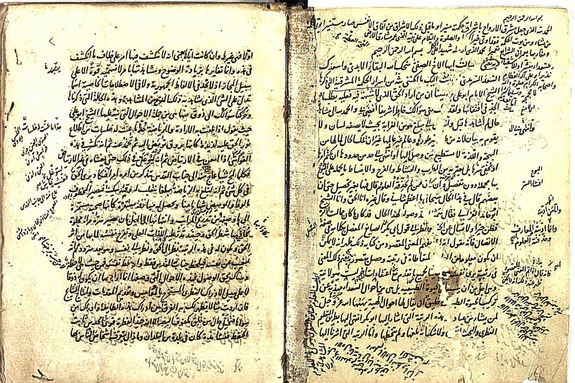
The first two pages of a manuscript containing the text of Ibn Tufayl’s Hayy ibn Yaqzan, Ms. Istanbul, Ayasofya 04807-001 - Süleymaniye Manuscript Library Directorate, Istanbul
The first English translations The Story of Hayy ibn Yaqzan appeared in 1708. Eleven years later, Defoe’s famous book was published. Many of Defoe’s contemporaries said his inspiration lay in the experiences of Alexander Selkirk, a Scottish mariner who passed more than four years in solitude on one of the Juan Fernández Islands. But the similarities between Robinson Crusoe and Hayy ibn Yaqzan are enough to make it probable that Defoe knew the Muslim work. From the island shipwreck to the anguish of isolation and struggle for survival, Robinson Crusoe bears many similarities to the older work.
Here it is worth noting that the 13th-century scientist Ibn al Nafis, who is known for his work on the lesser circulation of the blood, had also written a fairly similar story, but it differed in the way it presented the relationship between the living and God. Ibn Tufayl’s version is more reflective of the Sufi tradition, while Ibn al Nafis’s is more representative of the Islamic Orthodox tradition. The title of Nafis’s work is Al Seera al Kamiliya, where the central character’s name is Kamil (Perfect) as against Hayy (Alive).
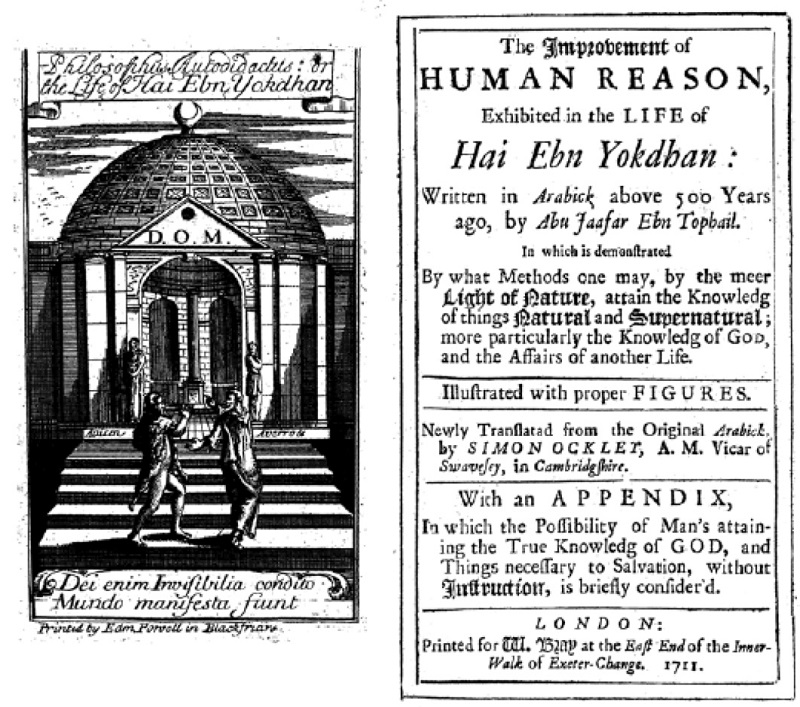
See the full story in '1001 Inventions: The Enduring Legacy of Muslim Civilization' (4th Edition)
Source: 1001 inventions


 Quran
Quran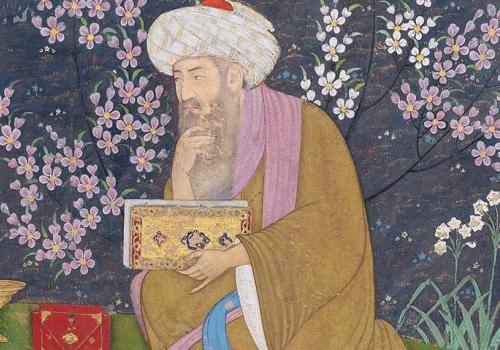

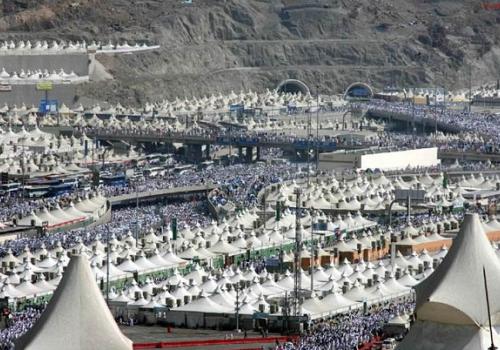
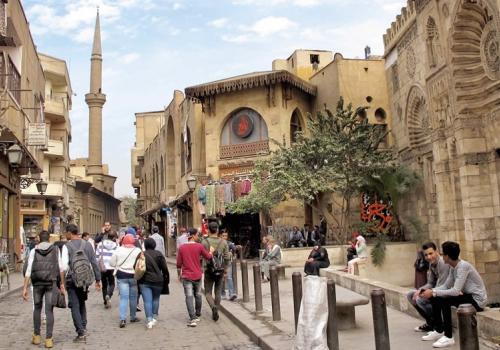
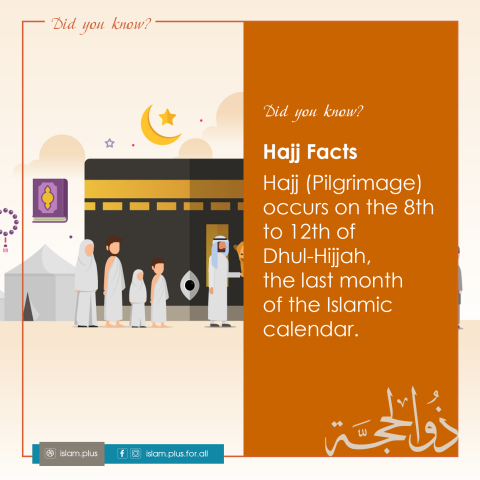
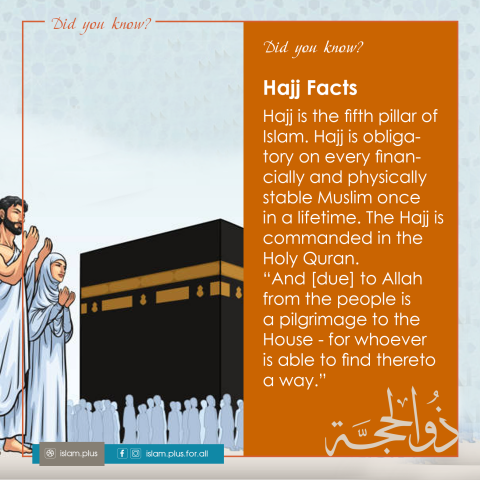
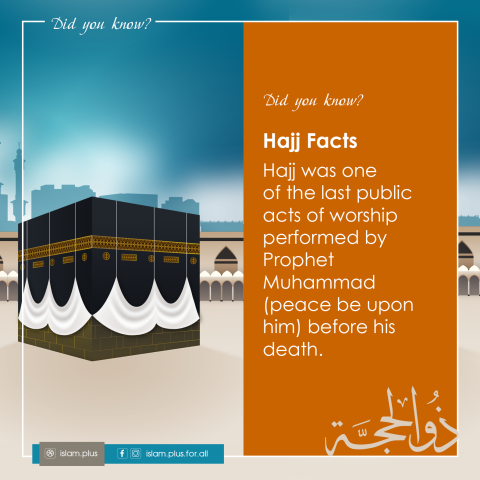
Add new comment